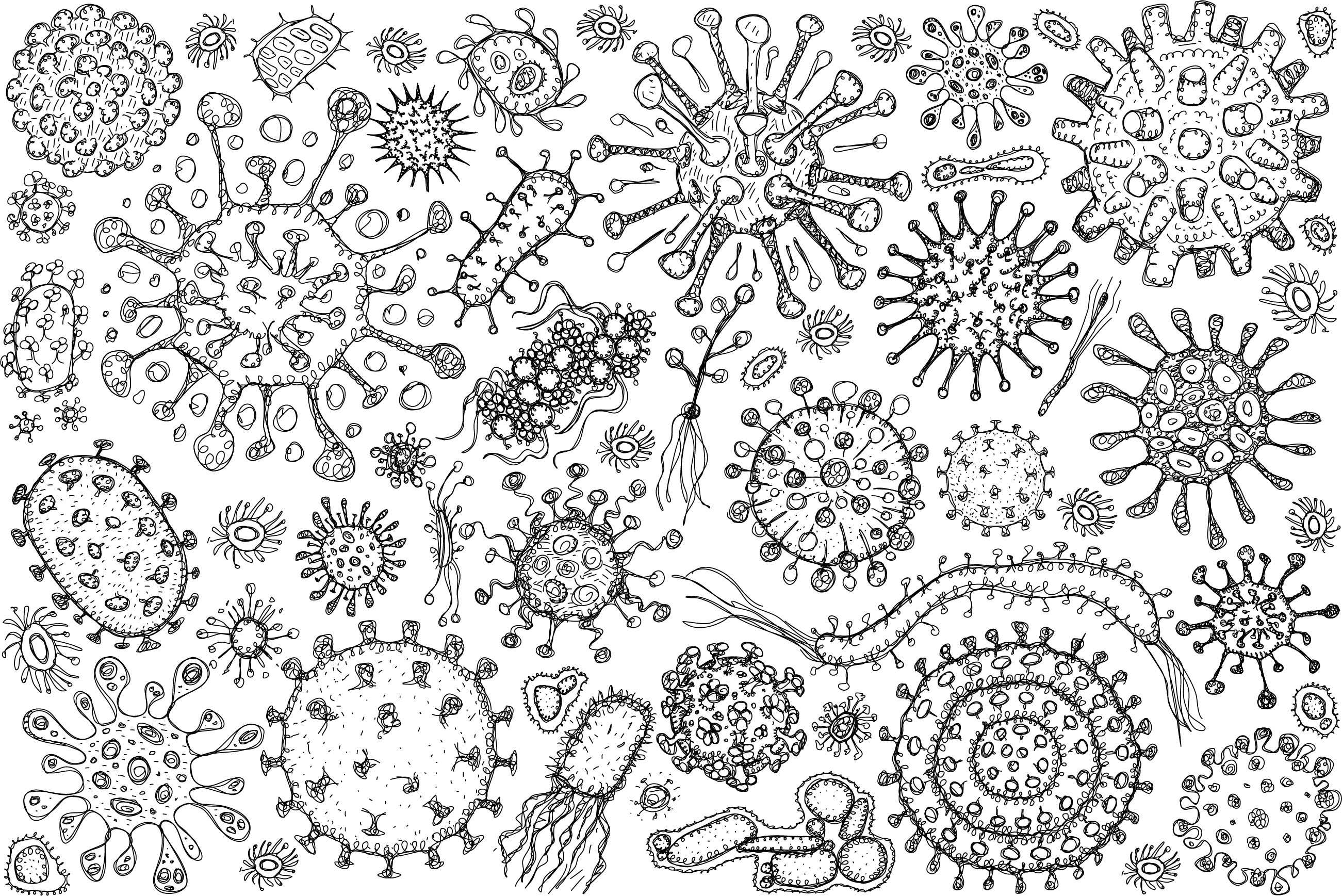
Publication: The gut microbiota and its biogeography
Abstract: Biogeography is the study of species distribution and diversity within an ecosystem and is at the core of how we understand ecosystem dynamics and interactions at the macroscale. In gut microbial communities, a historical reliance on bulk sequencing to probe community composition and dynamics has overlooked critical processes whereby microscale interactions affect systems-level microbiota function and the relationship with the host. In recent years, higher-resolution sequencing and novel single-cell level data have uncovered an incredible heterogeneity in microbial composition and have enabled a more nuanced spatial understanding of the gut microbiota. In an era when spatial transcriptomics and single-cell imaging and analysis have become key tools in mammalian cell and tissue biology, many of these techniques are now being applied to the microbiota. This fresh approach to intestinal biogeography has given important insights that span temporal and spatial scales, from the discovery of mucus encapsulation of the microbiota to the quantification of bacterial species throughout the gut. In this Review, we highlight emerging knowledge surrounding gut biogeography enabled by the observation and quantification of heterogeneity across multiple scales.

